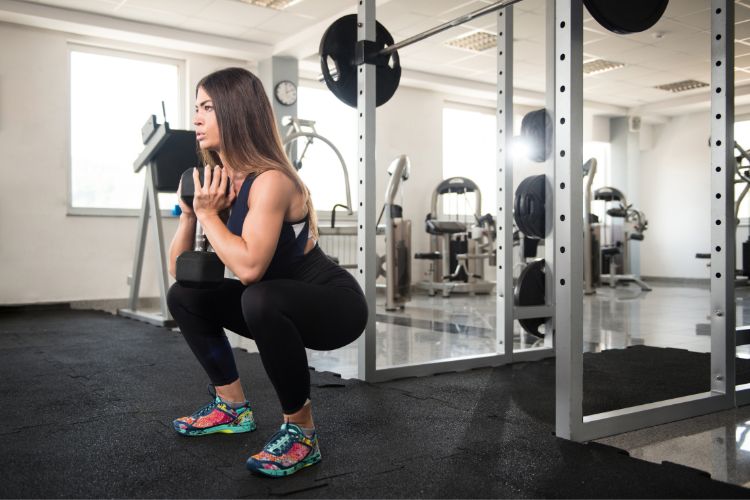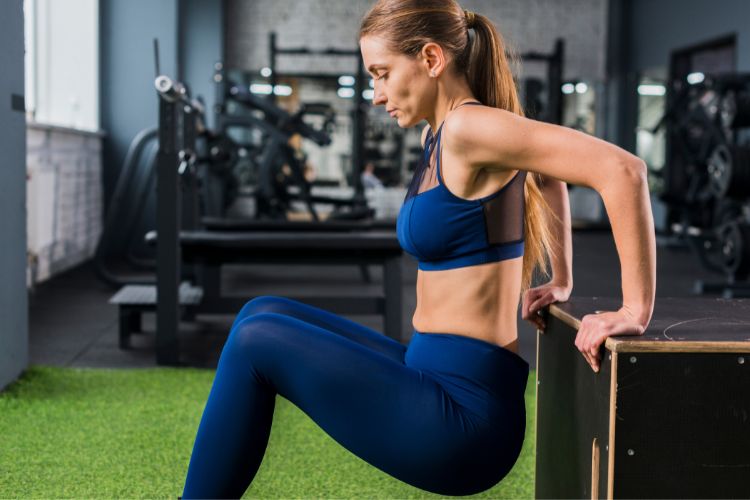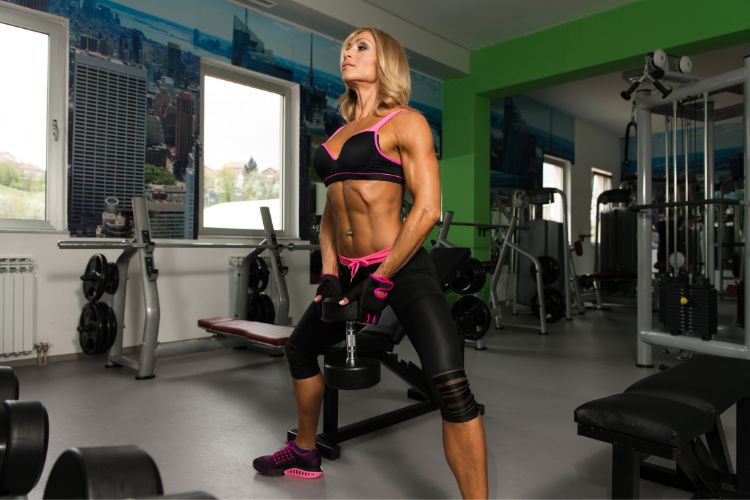Sign up for workout ideas, training advice, reviews of the latest gear and more.






The dumbbell bent-over row is a classic strength training movement that targets the upper and mid-back muscles while also engaging the core, glutes, and even the arms. It’s a versatile, accessible, and powerful addition to any strength training or muscle-building routine. Whether you’re working out at home or in the gym, this compound lift can help improve posture, increase pulling strength, and develop a well-balanced physique.
In this guide, we’ll dive deep into everything you need to know about dumbbell bent-over rows, including benefits, muscle groups targeted, proper form, variations, workout routines, and tips to avoid common mistakes.
The dumbbell bent-over row is a resistance exercise performed by bending at the hips while holding a pair of dumbbells and pulling the weights toward your torso. This movement mimics a rowing motion and is excellent for building upper body pulling strength and developing the posterior chain.
Dumbbell bent-over rows are a compound exercise, meaning they engage multiple joints and muscle groups at once. Here are the primary muscles involved:
This exercise is one of the best for developing thickness in the upper and mid-back. It’s highly effective at recruiting the lats, traps, and rhomboids, which contribute to a powerful and sculpted upper body.
Strengthening the posterior chain, especially the upper back and scapular stabilizers, helps correct rounded shoulders and reduces slouching caused by prolonged sitting.
Most training routines overemphasize pushing exercises like bench press or shoulder press. Adding dumbbell rows promotes muscle balance between the front and back of your body.
Bent-over rows mimic real-life pulling actions, making them useful for improving daily tasks like lifting heavy objects or carrying groceries.
Holding a bent-over position requires significant core activation, which can enhance overall stability and support other lifts like deadlifts and squats.
Mastering proper form is critical to reap the full benefits and avoid injury.
Adding variation can prevent plateaus and target muscles in slightly different ways.
Performed with one dumbbell and one hand supported on a bench or knee, this unilateral version helps fix muscle imbalances and enhances focus.
By lying on an incline bench, this variation reduces strain on the lower back while still targeting the upper back effectively.
Instead of a neutral grip, palms face down. This shifts emphasis to the rear delts and upper traps.
Palms face up. This version emphasizes the biceps and lower lats more directly.
Each rep starts from a dead stop on the floor or bench, increasing explosiveness and muscle engagement.
Here are a few sample routines that integrate dumbbell bent-over rows for different goals.
Full-Body Dumbbell Workout (3 Days/Week)
Upper Body Pull Day (Push/Pull Split)
Metabolic Circuit (Repeat 3 Rounds)
It’s tempting to lift heavy, but proper technique ensures you’re targeting the right muscles and avoiding injury.
Gradually increase the weight or the number of reps each week to promote muscle growth and strength.
Slowing down the eccentric (lowering) portion of the movement increases muscle engagement and hypertrophy.
Dumbbell rows are perfect for “pull” workouts in push/pull/legs or upper/lower splits.
Don’t rely solely on dumbbell rows — add variety with cable rows, T-bar rows, and resistance band rows.
A rounded spine under load increases injury risk. Keep your core tight and chest up.
Jerking or swinging the dumbbells reduces muscle activation. Focus on controlled movement.
Keep your shoulders down and pull with your elbows, not your traps.
Maintain a proper hip hinge — torso should be close to parallel with the floor.
Choose a weight that allows you to perform 8–12 reps with proper form. If you’re aiming for strength, go heavier (4–6 reps); for hypertrophy, moderate weight with higher reps works best.
Both are effective. Dumbbells allow for greater range of motion and help prevent muscle imbalances. Barbell rows may allow heavier loading but place more strain on the lower back.
Yes! Start with light dumbbells and focus on form. You can even begin with just bodyweight and practice the hinge posture.
2–3 times a week is sufficient for most people, depending on your program. Just ensure enough recovery time between sessions.
The dumbbell bent-over row is one of the most effective exercises for building a strong, muscular back while also improving core stability and posture. It’s simple, scalable, and suitable for all fitness levels.
Whether your goal is to build muscle, improve athletic performance, or just look better in a T-shirt, incorporating dumbbell bent-over rows into your workout routine can deliver impressive results. With consistent practice and progressive overload, you’ll see your strength and aesthetics improve week by week.
Start with light weights, master the form, and gradually increase intensity. Mix in variations to target different angles and keep your training fresh. As part of a comprehensive fitness program, this powerful compound lift can take your upper body development to the next level.
Stay up to date on the latest women’s health, fitness and lifestyle trends and tips.